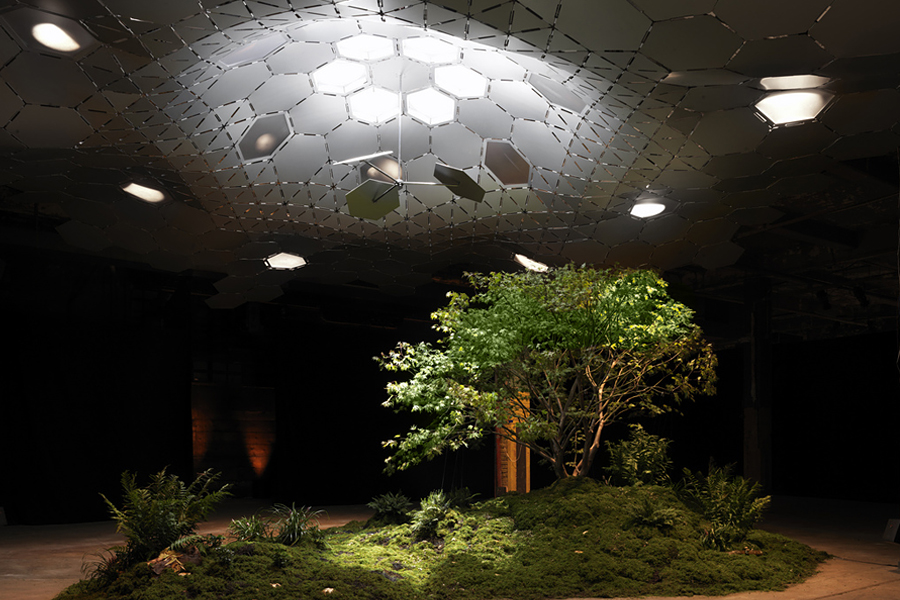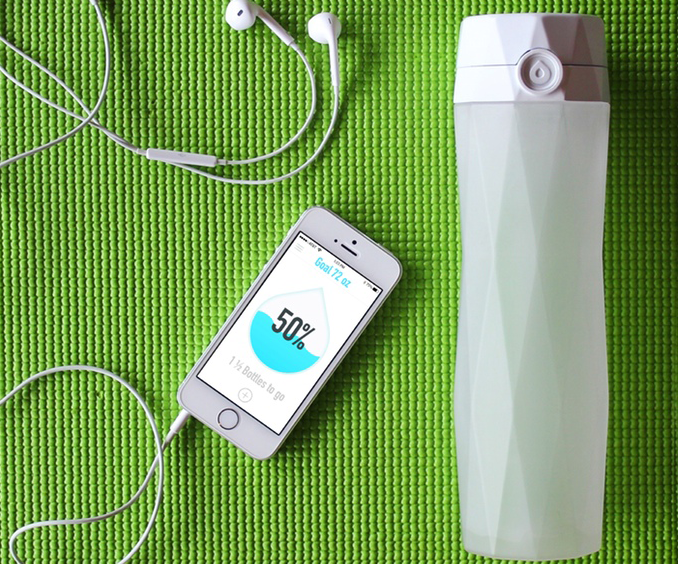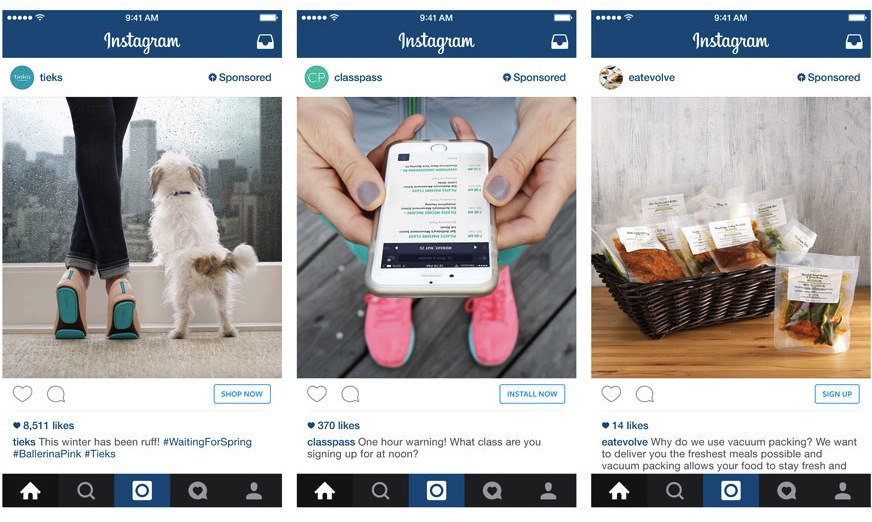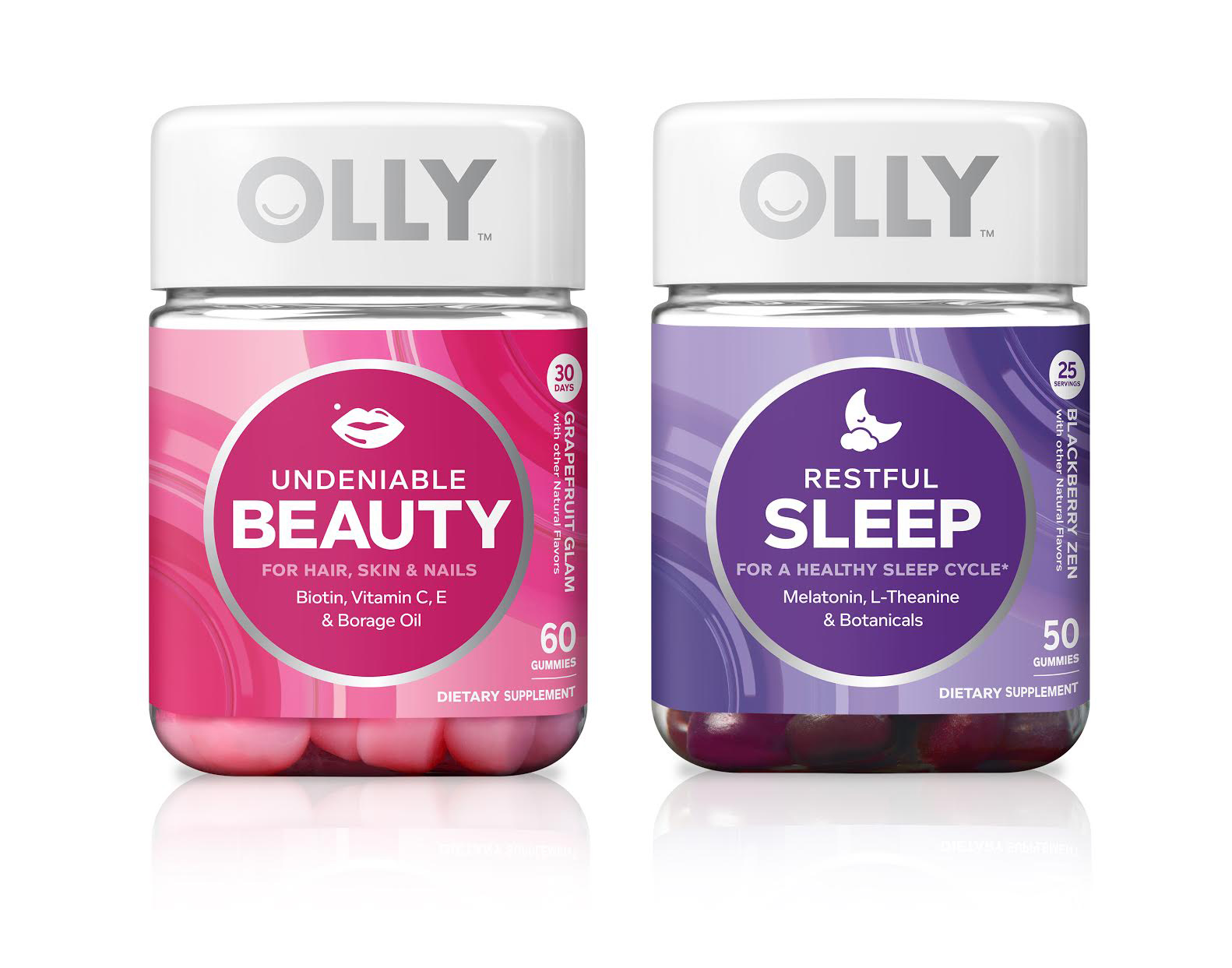What can you do with an abandoned underground trolley terminal? In Manhattan, where space is at a premium, there are a billion creative uses for this subterranean expanse. In 2011, James Ramsey, Dan Barasch, and R. Boykin Curry IV proposed a radical idea for the space that sat unused for over 60 years– turn it into an underground park. The idea immediately resonated with New Yorkers, drew massive media attention, and got a wildly successful Kickstarter get off the ground. And this month, Ramsey, Barasch, and Curry have returned with a new Kickstarter to fund a test lab, bringing them once step closer to the reality of their Lowline park.
The test lab for the Lowline mostly aims to test the special technology that engineers have built to bring sunlight underground. Solar panels at street level will act as sunlight receptacles. Sunlight will then be funneled underground where it can be disseminated to the plants living below. Where UV lamps might have been used in the past, the Lowline is revolutionary because it aims for sustainability. Additionally, visitors will be able to go to the test lab this Fall to see the results in action.
Calling their park the Lowline as a nod to Chelsea’s High Line, the creators have acknowledged the huge impact that green public spaces can have on the surrounding community. The High Line was similarly built on abandoned elevated train tracks on the west side of Manhattan, with the first phase opening to visitors in 2009. With almost 5 million annual visitors, the High Line’s presence has revitalized the surrounding community in a way that the Lowline hopes to emulate on the Lower East Side.
Learn more on the Lowline’s website and Kickstarter.
What Sparks Our Fire: Sustainable public spaces spurring cutting edge technological and economic benefits





